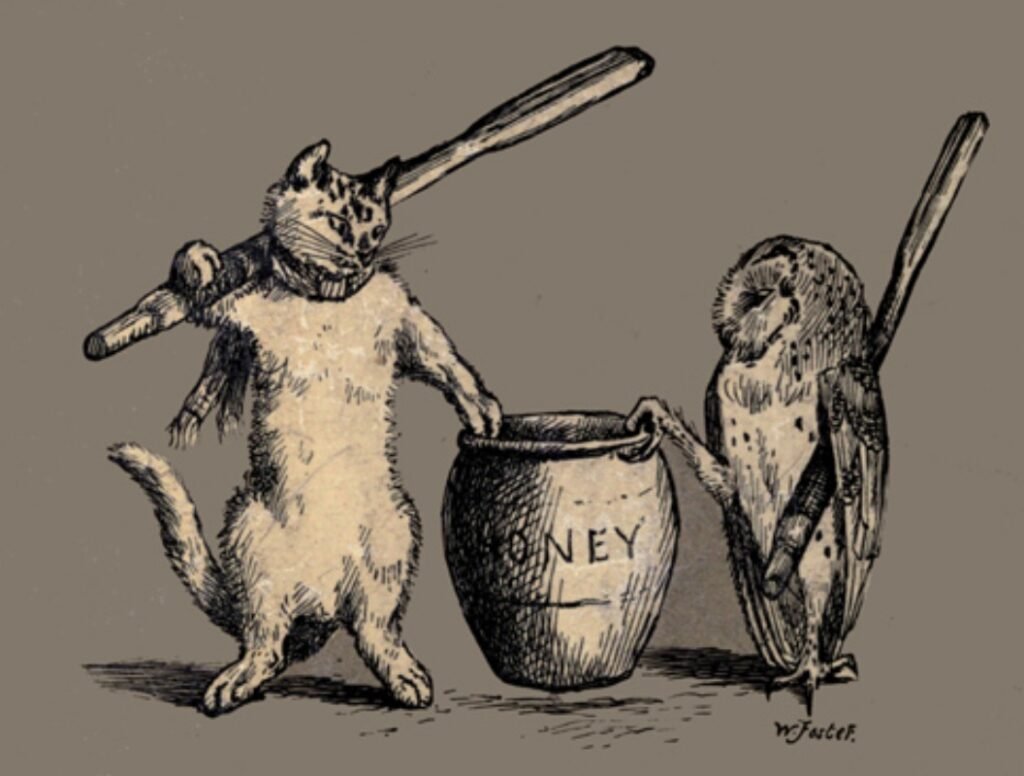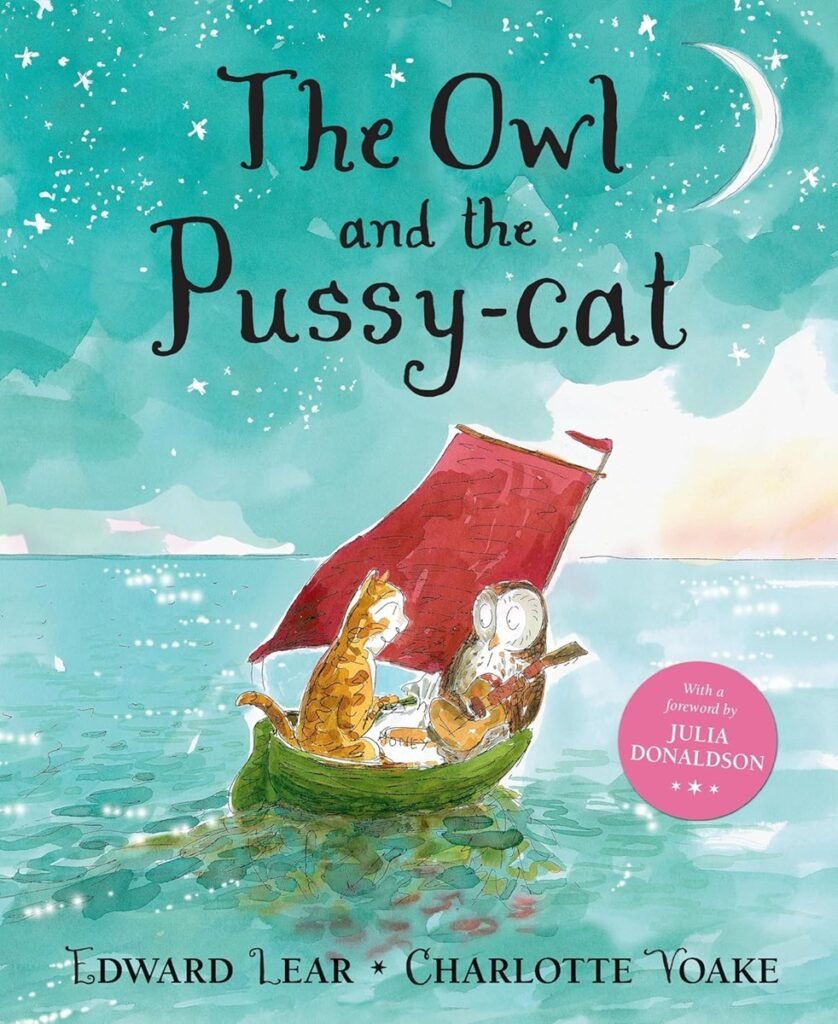Your cart is currently empty!
The Owl and the Pussy-Cat by Edward Lear is a whimsical poem about an unlikely pair who sail away in a pea-green boat, marry, and dance beneath the moon. This literature guide helps students explore rhyme, rhythm, and imagery while engaging in vocabulary activities, comprehension questions, and creative writing tasks such as composing their own nonsense verses. With opportunities for art integration and performance reading, the guide supports both literacy and creativity. It is most suitable for students in grades K–3.

| Title | The Owl and the Pussy-Cat |
| Author | Edward Lear |
| Year Published | 1871 |
| Suitable Grade Level | K–3 (ages 5–8); can be adapted for older students for poetry analysis or creative writing |
| Key Themes | – Friendship and Companionship: The bond between unlikely characters. – Adventure and Exploration: The journey across the sea. – Love and Marriage: Celebrating affection and commitment. – Imagination and Nonsense: Encouraging creative thinking and playful use of language. |
| Literary Elements | – Narrative Structure: A simple story told in rhyme. – Characterization: Personification of animals with human traits. – Setting: Fantastical maritime environment. – Plot: Linear, with a clear beginning, middle, and happy ending. |
| Rhetorical Devices | – Rhyme and Rhythm: Creates musicality and flow. – Repetition: Emphasizes key ideas and enhances memorability. – Alliteration: Adds a playful tone (e.g., “Pussy-Cat”). – Imagery: Vivid descriptions of the boat, sea, and moon. – Nonsense Verse: Creative, whimsical language that defies conventional meaning. |
| Curriculum Connections | – Literacy: Reading fluency, comprehension, vocabulary development. – Writing: Poetry writing, creative storytelling, and nonsense verse composition. – Art: Illustration of scenes or characters. – Drama/Performance: Recitation and dramatization to explore rhythm and tone. – Cross-Curricular: Geography (map the journey), social-emotional learning (friendship and cooperation). |

